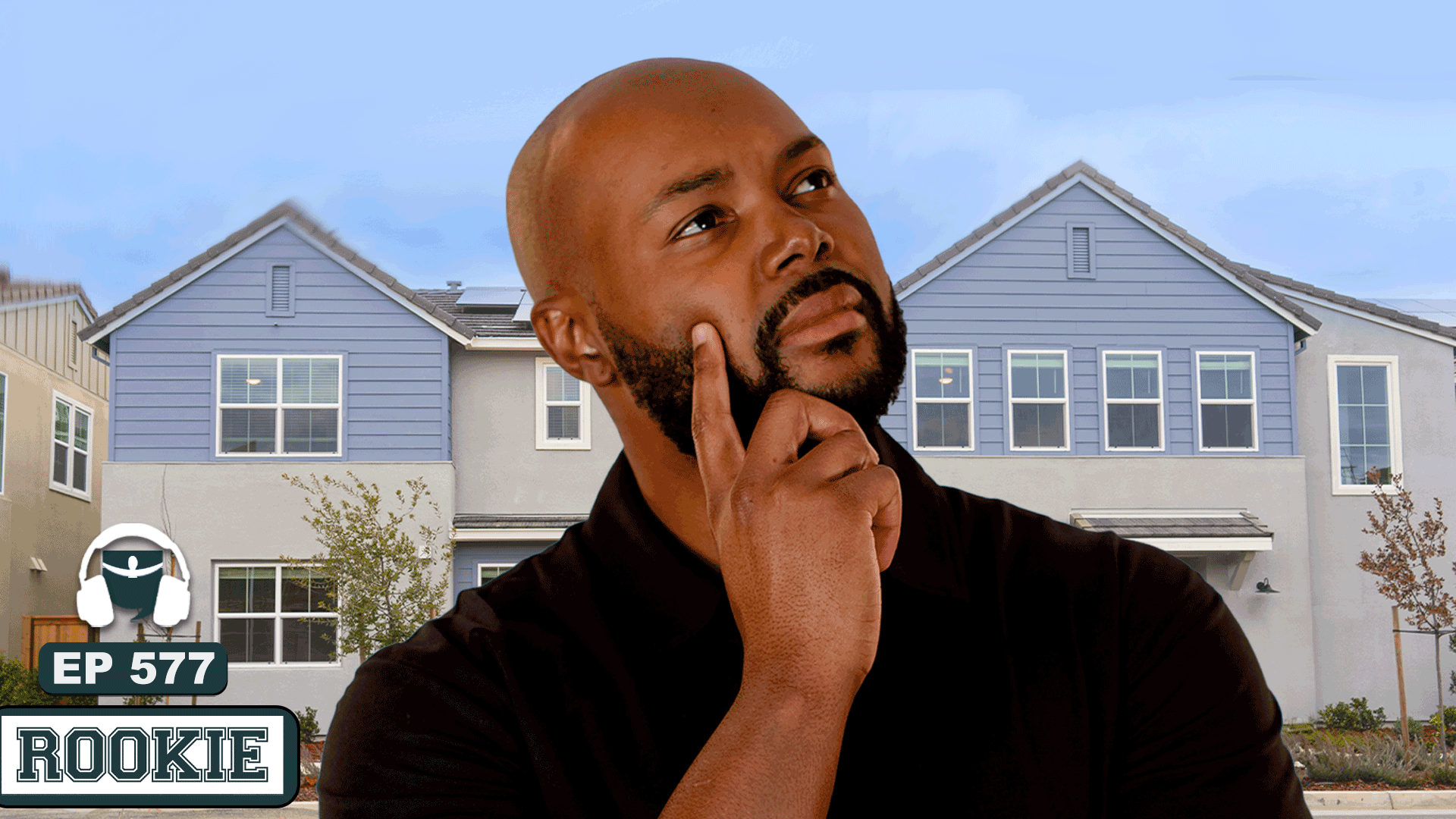Waiting for the perfect rate, the perfect time or the perfect house could cost stubborn Aussies billions, as soaring property prices outpace potential savings from interest rate cuts.
New modelling from Aussie Home Loans shows a buyer would spend, on average, an extra $77,000 over the life of their loan if they borrowed in 2026 versus now, including an extra $7000 for their deposit.
With at least 100,000 first home buyers entering the Australian market annually, this represents a $7.7b cost for buyers who wait, as housing demand outpaces supply and property prices continue to rise.
Since 2020, average deposits for first home purchases have nearly doubled, which means first home buyers now need twice the savings and double the time to save to reach a 20 per cent deposit.
This is on top of individual state-based waiting tax implications.
MORE NEWS
Named: 15 banks cut rates ahead of RBA call
$80bn upgrade: Aussies’ $1300 insane saving
Second RBA rate cut to drive uptick in refinancing
Mortgage broker Alya Manji joined fellow Aussie Mortgage Brokers to stage a short protest march to the RBA Headquarters in anticipation of the first, long-awaited interest rate cut announcement in February. Picture: NewsWire / John Appleyard
With property prices growing by 66 per cent since 2020, the waiting tax in Western Australia increases to $164,000 over the life of a loan, with buyers expected to need an additional $15,000 for the deposit on the same house by 2026.
In Queensland and South Australia, the cost of waiting is also more than double that of the national average, reaching $130,500 and $138,000 respectively.
In New South Wales and Victoria, the cost of waiting is $69,500 and $62,500 respectively.
The data comes ahead of the Reserve Bank of Australia’s cash rate decision on May 20, where experts predict a drop of at least 0.25 per cent, which would bring the new rate to its lowest point in two years at 3.85 per cent.
MORE NEWS: Big bank’s major rates call ahead of RBA
Source: Aussie Mortgage Brokers
While lower interest rates are considered good news for borrowers, it also stimulates buying activity, with house prices already trending higher for the third consecutive month since the last rate cut on February 19, according to Aussie broker Alya Manji.
“Many first home buyers – even mum and dad investors – that we speak to become fixated on holding out for the right price or waiting for more cuts, when in reality, the perfect time to buy at any time over the past 25 years was yesterday,” she said.
“While the goalposts are being moved, there are so many things that buyers can do to take more control and avoid waiting longer than they need to while the market moves,” she said.
“For example, many Australians are unaware that a low deposit loan, guarantor support or lenders mortgage insurance are safe, and accessible ways enter the property market sooner.
“So there are many ways to get around the difficulties of getting into the market. What you can’t get around is the property market increasing. Even if the rates drop, property prices will continue to rise…and they are already expensive, so people really need to think about how much they are losing by waiting.”
Stubborn homeowners could lose fortune
Among those potentially set to lose the most are Aussie families in rezoned areas.
While some could and have scored big financial rewards by refusing to sell their homes to developers – all while entire neighbourhoods were build around them – Ms Manji said homeowner-developer stand-offs rarely paid off.
One of the homeowners who has been in the global spotlight due to their refusal to cave to developer offers is the Zammit family in northwest Sydney.
The family have spent years knocking back offers from developers to purchase their 20,000 sqm parcel of land, with some offers coming in at a staggering $50m to $60m.
Developers snapped up every other piece of land around them to construct the new The Ponds suburb, with the family watching the property become boxed in by the new housing around them.
RELATED
Stubborn Adelaide family finally gives in to developers
‘Changed everything’: stubborn homeowners lose fortune
The Zammit family’s home in Quakers Hill. Picture: Channel 7
Meanwhile, an Adelaide family, which refused to sell their massive 1.21ha block to developers for three decades, cashed in last year when their sold their Salisbury property for $5.5m – $2.2m above its price guide.
A former market garden in Hectorville, SA, also changed hands for around $6m in December, after standing the test of time for close to 50 years – even has developers came knocking.
Ms Manji said homeowners who reject multiple offers from developers wanting to make their land part of their new estates rarely got a fairytale ending.
“You are losing much more money than just the waiting tax. You are also losing money on the value of your home because a developer may not want it anymore because he’s worked his way around you and where your property is positioned,” she said.
“It’s not as attractive anymore as it was before.
“On top of that, you’re now also paying the prices of today. So you could have sold, lets say, two years ago, knowing that the development was going to happen and you could have fit into those plans, sold and put your money into something else and moved with the market.
“But instead of moving with the market, you’re moving backwards and it just doesn’t make sense.”



















 English (US) ·
English (US) ·